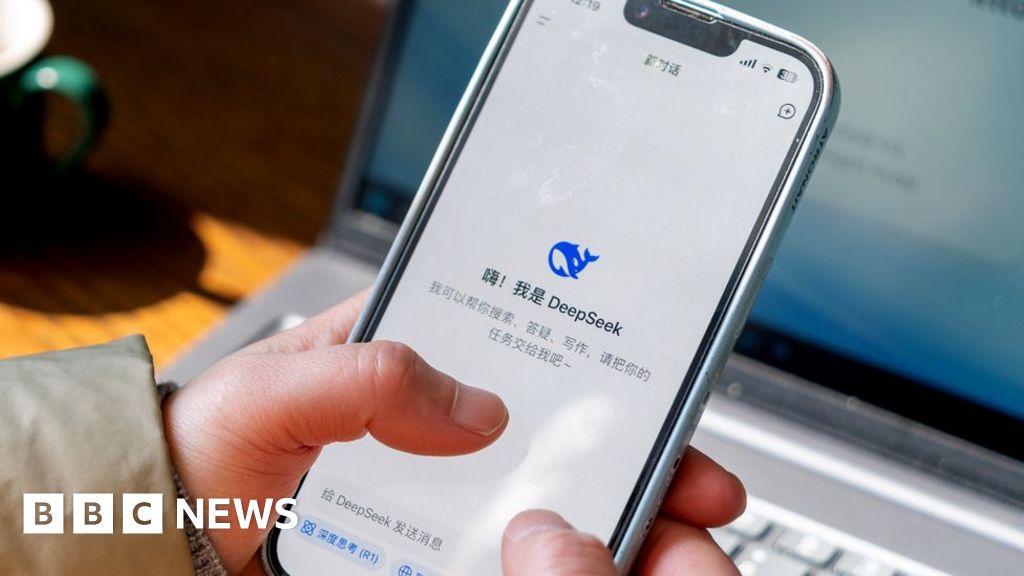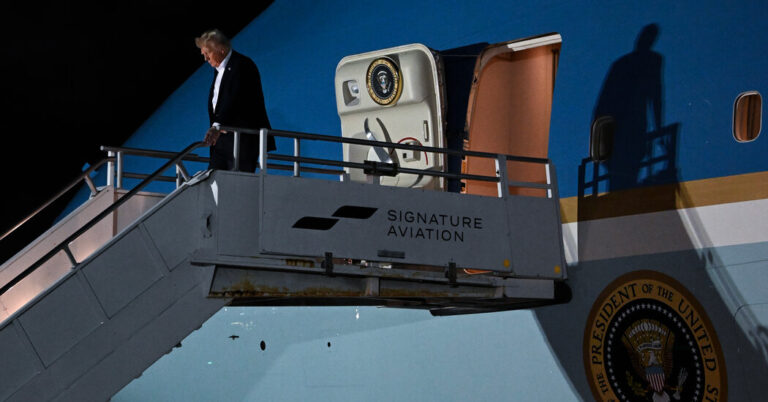US President Donald Trump had been in office scarcely a week when a new Chinese artificial intelligence app called DeepSeek jolted Silicon Valley. Overnight, DeepSeek-R1 shot to the top of the Apple charts as the most downloaded free app in the US. The firm said at the time its new chatbot rivalled ChatGPT, and it had cost a mere fraction to develop. Those claims wiped $600bn off the market value of chip giant Nvidia, marking the largest one-day loss for a single stock in the history of the US stock market.
DeepSeek also cast doubt on American AI dominance, as China had been seen as having fallen behind the US. Now, it seemed as though China had catapulted to the forefront. Venture capitalist Marc Andreessen referred to the arrival of DeepSeek-R1 as “AI’s Sputnik moment.”
It has now been six months since DeepSeek stunned the world. Today, China’s breakthrough app has largely dropped out of the headlines, but DeepSeek hasn’t disappeared. DeepSeek challenged certain key assumptions about AI that had been championed by American executives like Sam Altman, CEO of ChatGPT-maker OpenAI.
DeepSeek’s arrival also marked a turning point in the US-China AI rivalry, some experts say. China was seen as playing catch-up in large language models until this point, with competitive models but always trailing the best western ones. DeepSeek changed perceptions when it claimed to have achieved a leading model for a fraction of the computational resources and costs common among its American counterparts.
OpenAI had spent $5bn in 2024 alone, while DeepSeek researchers said they had developed DeepSeek-R1 for just $5.6m. American AI developers have managed to capitalize on this shift, and AI-related deals and other announcements trumpeted by the Trump administration and major American tech companies are often framed as critical to staying ahead of China.
DeepSeek has never managed to quell concerns over the security implications of its Chinese origins. The US government has been assessing the company’s links to Beijing. A senior US State Department official told the BBC they understood “DeepSeek has willingly provided, and will likely continue to provide, support to China’s military and intelligence operations”.
Earlier this week, OpenAI reignited talk about DeepSeek after releasing a pair of AI models. These were the first free and open versions released by the American AI giant in five years. “You can draw a straight line from DeepSeek to what OpenAI announced this week,” said d-Matrix’s Sid Sheth. DeepSeek proved that smaller, more efficient models could still deliver impressive performance—and that changed the industry’s mindset.
But to others, for the major American players in AI, the old approach appears to be alive and well. Just days after releasing the free models, OpenAI unveiled GPT-5, significantly ramping up its computing capacity and AI infrastructure. A slew of announcements about new data centre clusters needed for AI has come as American tech companies have been competing for top-tier AI talent.
The fortunes of the tech giants seemed more tethered than ever to their commitment to AI spending, as evidenced by the series of blowout results revealed this past tech earnings season. Meanwhile, shares of Nvidia, which plunged just after DeepSeek’s arrival, have rebounded – touching new highs that have made it the world’s most valuable company in history.
“DeepSeek now faces challenges sustaining its momentum,” said Marina Zhang, an associate professor at the University of Technology Sydney. That’s due in part to operational setbacks but also to intense competition from companies in the US and China. Zhang notes that the company’s next product, DeepSeek-R2, has reportedly been delayed, one reason being a shortage of high-end chips.
Source link




